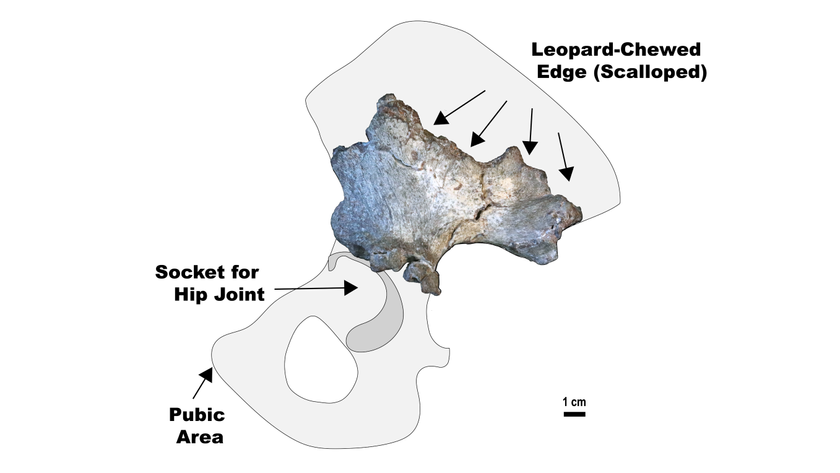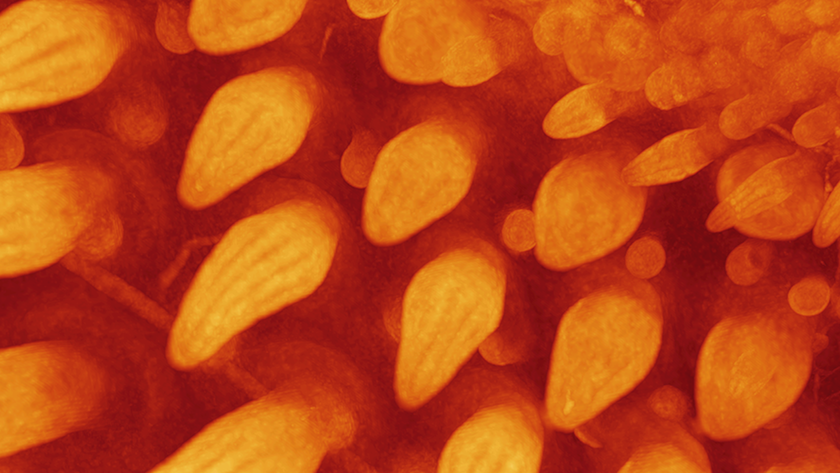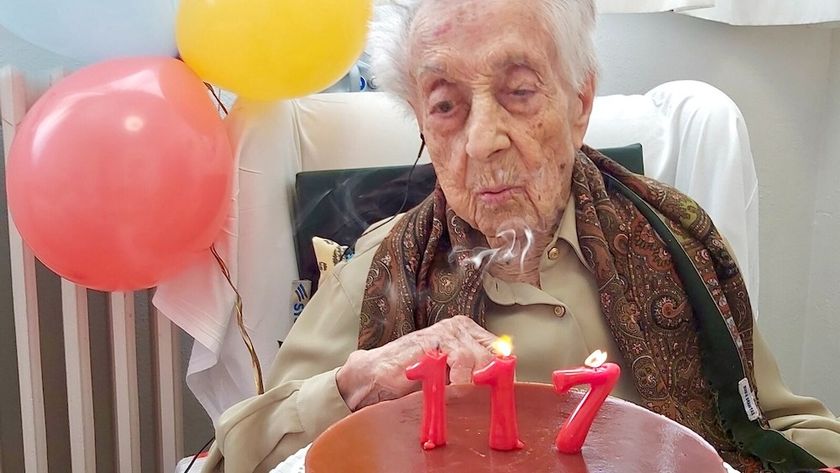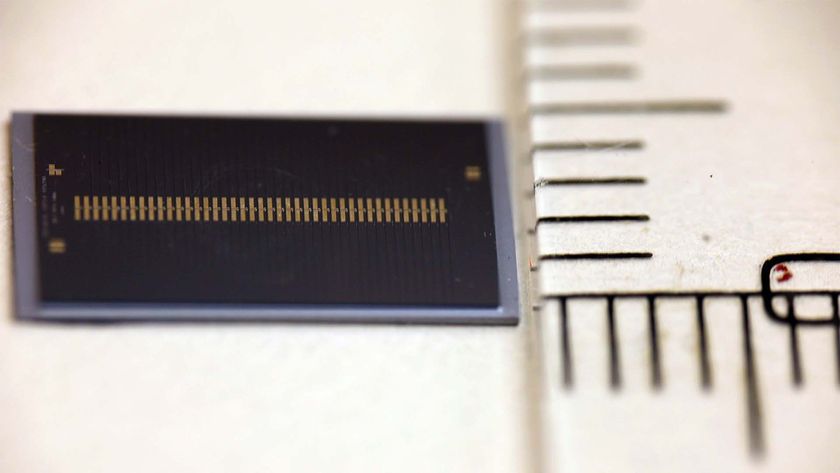Ancient Assyrian Tomb with 10 Skeletons Discovered in Iraq

Construction workers accidentally discovered a vaulted tomb dating back to the time of the Assyrian Empire in Erbil, the capital of Iraqi Kurdistan. Ten skeletons were also found at the site.
Inside the tomb, which was constructed with baked bricks, archaeologists discovered three ceramic sarcophagi holding two skeletons. Eight other skeletons were found on the ground around the tomb, said Goran M. Amin, director of the survey department at the Directorate of Antiquities in Erbil, who is leading the team that is excavating the tomb.
The team also "found more than 40 intact jars in different shapes and sizes," Amin said in comments that have been translated into English. The discoveries were made in the past few weeks and have not yet been published in a scholarly journal.
The tomb dates back to the Neo-Assyrian period, between the ninth and seventh centuries B.C. During this time, the Assyrianscontrolled a vast empire that, at its peak, stretched from the Persian Gulf to Egypt. [Photos: Ancient Inscriptions Tell of Assyrian King Ashurnasirpal II]
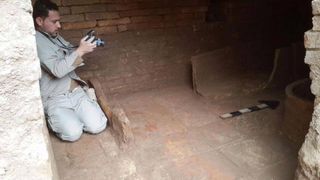
Tombs similar to the one found in Erbil have also been discovered in the capital cities built by the Assyrians, such as Nimrud, said Dishad Marf Zamua, a specialist in Assyrian archaeology, who is an instructor at Salahaddin University in Erbil.
"During the Assyrian period, these tombs had been built for the elite and rich people," Marf Zamua said. "Sometimes the tombs have been opened several times, when they wanted to bury new dead members of the family."
Arbela
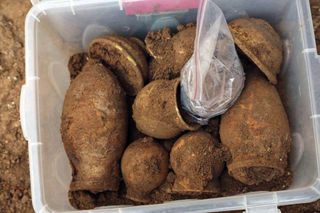
During the time of the Assyrian Empire, Erbil was known as Arbela and was an important city for the Assyrians, Marf Zamua said.
Sign up for the Live Science daily newsletter now
Get the world’s most fascinating discoveries delivered straight to your inbox.
Arbela was located by a fertile plain in a strategic position "at the foothills of the Zagros [Mountains], between the Upper Zab and Lower Zab rivers," said Marf Zamua, who noted the city contained the main temple for Ishtar, the Assyrian goddess of war. "Several Assyrian kings prayed in her temple before their military campaigns against the eastern provinces in the Zagros and Elam."
The temple's importance was such that during the seventh century B.C., "the Assyrian queens during their pregnancy stayed in the temple of Ishtar [and] even the priestesses of Ishtar gave breast-feeding to the newborn princes," Marf Zamua said.
Arbela "and its surrounding area is an important area for understanding the culture and archaeology of the Assyrian heartland," Marf Zamua said. Erbil (ancient Arbela) was successfully defended against the the Islamic State group (also known as ISIS, ISIL or Daesh),and, as such, was not looted or destroyed.
"Unfortunately, the recent plundering and destructions in the Assyrian capitals Nimrud, Khorsabad and Nineveh will make future archaeological excavations in this area more difficult," Marf Zamua said. "Therefore, Arbela and its surrounding area will be the best option for specialists in the Assyrian archaeology to learn more about the archaeology of Assyria and the Zagros foothills as well."
Original article on Live Science.

Owen Jarus is a regular contributor to Live Science who writes about archaeology and humans' past. He has also written for The Independent (UK), The Canadian Press (CP) and The Associated Press (AP), among others. Owen has a bachelor of arts degree from the University of Toronto and a journalism degree from Ryerson University.
